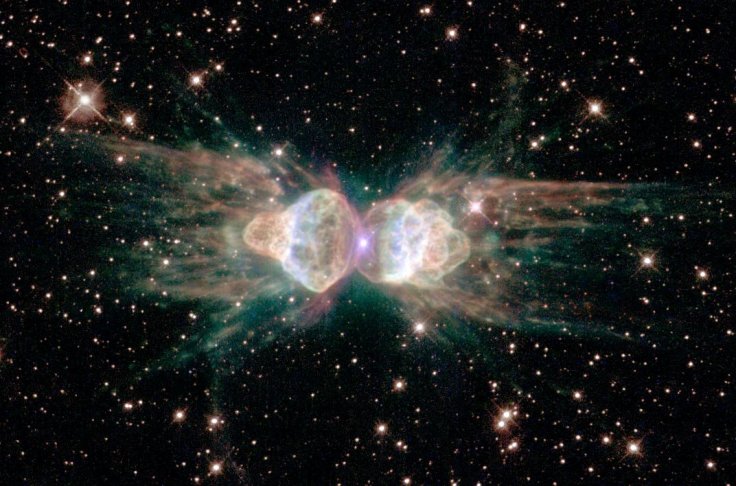NASA shared a beautiful photo of a stellar explosion that closely resembles a giant ant in space. The agency said the massive stellar object was formed following the explosion and death of a Sun-like star.
The cosmic object in the photo is a nebula known as Menzel 3. It is also called the Ant Nebula due to its shape. As seen in the photo taken by the Hubble Space Telescope, the nebula has features that look like the thorax and heat of a garden-variety ant.
Menzel 3's Stellar Explosion
According to NASA, the Menzel 3 was formed following the death of a star that was about as massive as the Sun. As the star neared the end of its life cycle, it began shedding its outer layers. Eventually, the star collapsed under the weight of its own gravity, resulting in a massive stellar expansion and explosion.

"The Hubble images directly challenge old ideas about the last stages in the lives of a star," NASA explained. "By observing Sun-like stars as they approach their deaths, the Hubble Heritage image of [Menzel 3] - along with pictures of other planetary nebulae - shows that our Sun's fate probably will be more interesting, complex, and striking than astronomers imagined just a few years ago."
Forming The Nebula's Shape
Although Menzel 3 is classified as a nebula, how its explosion resembled an ant remains a mystery for NASA. According to the agency, it is possible that Menzel 3's star belonged to a binary system with a smaller neighbor.
As the smaller star orbited around it, it got consumed by the larger stellar object. Eventually, as the main star exploded, so did the smaller star it consumed. This may have led to the symmetrical pattern formed by the nebula.
Possible Explosion Scenario
Another possible explanation is that Menzel 3's star emitted powerful magnetic fields as it slowly died. These magnetic fields could have interacted with the strong stellar winds being produced by the star, causing them to form structures around the stellar object.
"These dense winds can be rendered visible by ultraviolet light from the hot central star or from highly supersonic collisions with the ambient gas that excites the material into florescence," NASA stated.









